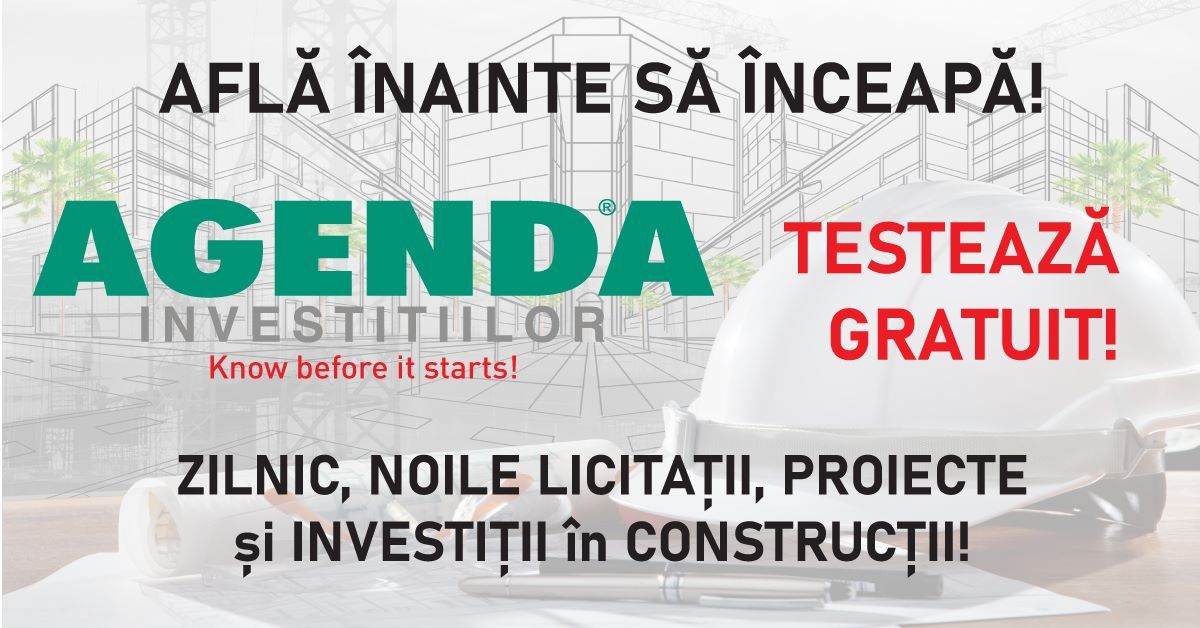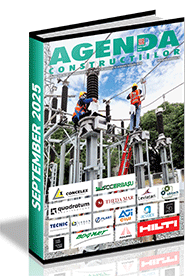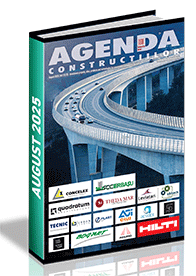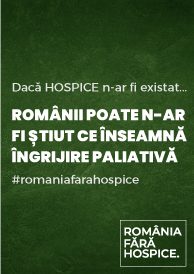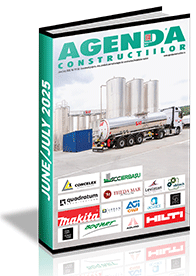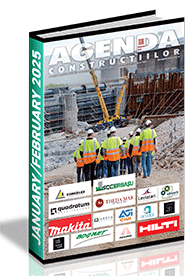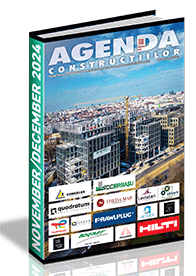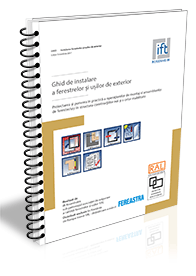| ANALISYS: Passive House standard for educational buildings |
| English Section Publicat de Ovidiu Stefanescu 13 Mai 2015 08:47 |
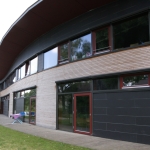 Educational buildings, especially kindergartens and schools, are parts of a real estate segment which requires high attention in terms of energy performance and thermal comfort of the children, air quality and hygiene, and natural lighting. Kids live most of the day inside such buildings (between 4 and 6 hours for school children and 8 - 10 hours for high school students, respectively the preschool pupils). The degree of health (especially in terms of the respiratory system and intellectual efficiency) depends on the quality of educational spaces, and exerts a big influence on the scores on tests, exams, etc. It has been demonstrated that the results of the students who study in inappropriate spaces in terms of air quality are with 20% -30% weaker compared to those obtained by subjects who study in adequately ventilated spaces. Moreover, the rate of respiratory diseases is much higher for children studying in improperly ventilated rooms. With the thermal rehabilitation process experienced by a large number of kindergartens, schools and colleges in the country, was improved the energy performance of these buildings, but the results show a decrease of the level of comfort experienced by children and teachers. Essential features were affected by the thermal rehabilitation, because the thermal comfort, indoor air temperature, air humidity, amount of daylight and noise levels in classrooms were obviously altered. Passive House standard or certification standard for passive houses is given for buildings with the highest energy efficiency. It imposes stringent requirements on the energy performance of the building, but also in terms of thermal comfort felt by users of such buildings and indoor air quality. Passive House standard is a viable alternative for our country, both in terms of its adaptability to climate peculiarities, but also regarding the energy savings which bring this kind of buildings on the high thermal comfort and superior quality of the indoor air. This standard applies not only to residential buildings, but also to non-residential. The examples of new or rehabilitated operations which respect the standard provisions confirm the applicability of the rules including for kindergartens and schools, for buildings offices, hotels, museums or retail centers. Educational buildings, especially kindergartens and schools, are parts of a real estate segment which requires high attention in terms of energy performance and thermal comfort of the children, air quality and hygiene, and natural lighting. Kids live most of the day inside such buildings (between 4 and 6 hours for school children and 8 - 10 hours for high school students, respectively the preschool pupils). The degree of health (especially in terms of the respiratory system and intellectual efficiency) depends on the quality of educational spaces, and exerts a big influence on the scores on tests, exams, etc. It has been demonstrated that the results of the students who study in inappropriate spaces in terms of air quality are with 20% -30% weaker compared to those obtained by subjects who study in adequately ventilated spaces. Moreover, the rate of respiratory diseases is much higher for children studying in improperly ventilated rooms. With the thermal rehabilitation process experienced by a large number of kindergartens, schools and colleges in the country, was improved the energy performance of these buildings, but the results show a decrease of the level of comfort experienced by children and teachers. Essential features were affected by the thermal rehabilitation, because the thermal comfort, indoor air temperature, air humidity, amount of daylight and noise levels in classrooms were obviously altered. Passive House standard or certification standard for passive houses is given for buildings with the highest energy efficiency. It imposes stringent requirements on the energy performance of the building, but also in terms of thermal comfort felt by users of such buildings and indoor air quality. Passive House standard is a viable alternative for our country, both in terms of its adaptability to climate peculiarities, but also regarding the energy savings which bring this kind of buildings on the high thermal comfort and superior quality of the indoor air. This standard applies not only to residential buildings, but also to non-residential. The examples of new or rehabilitated operations which respect the standard provisions confirm the applicability of the rules including for kindergartens and schools, for buildings offices, hotels, museums or retail centers. |
ABONARE REVISTA (click aici): PROIECTE | INVESTITII | REVISTE | INDEX COMPANII
DATE DE CONTACT: Agenda Constructiilor & Fereastra - Tel/Fax: 021-336.04.16, 031-401.63.88
Stiri & Comunicate
Documente
07 sep 2016


